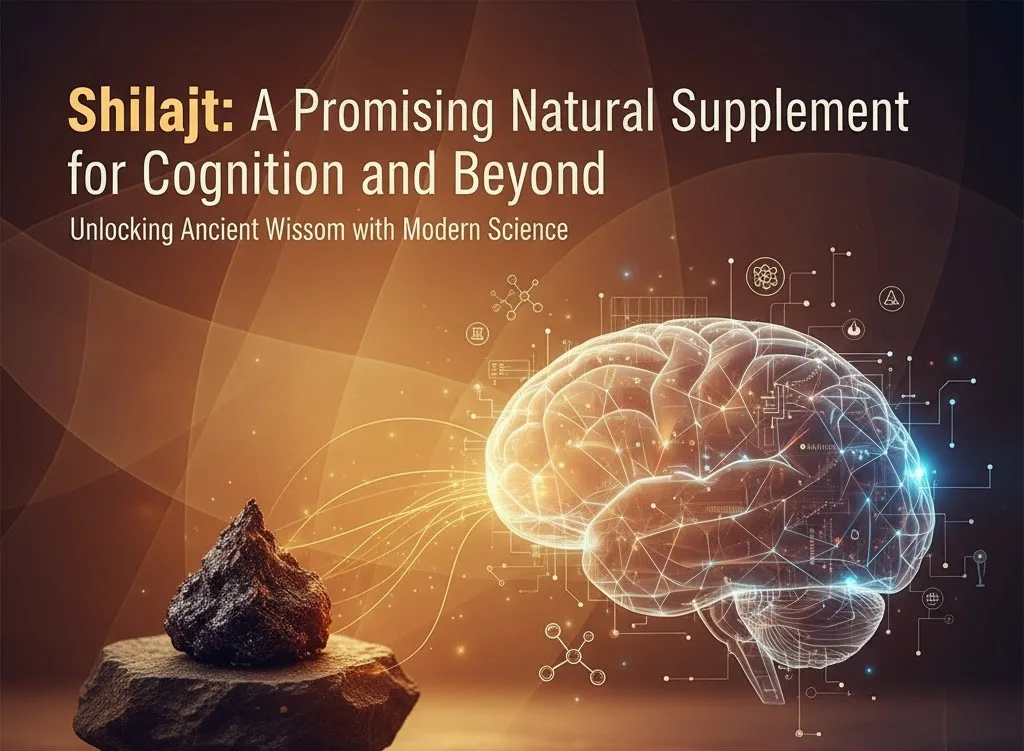Shilajit, a complex natural substance found primarily in the Himalayas, has long been recognized in traditional medicine systems. Recent scientific interest has highlighted its potential as a potent and remarkably safe dietary supplement, with a broad spectrum of possible health benefits. While its general disease-preventive properties are noteworthy, its most significant medical application appears to lie in its positive impact on cognitive function and its potential role in the prevention of Alzheimer's disease. Essentially, Shilajit is emerging as a valuable nutraceutical product.
Cognitive Enhancement and Neuroprotection
The primary focus of modern research on Shilajit centers on its neurological benefits. Its active compounds are believed to support brain health, making it a promising agent for enhancing cognition. Furthermore, the possibility that Shilajit could serve as a dietary intervention to prevent neurodegenerative conditions like Alzheimer's disease is particularly exciting. This potential positions Shilajit at the forefront of natural compounds being investigated for brain health and longevity.
The Path Forward: More Research Needed
Despite these encouraging prospects, the article underscores the critical need for further scientific exploration. Given the significant potential impact of Shilajit in the medical and neurological sciences, more in-depth investigations are essential. Specifically, there is a call for:
-
Basic biological research: To understand how Shilajit's active principles operate at a fundamental molecular and cellular level.
-
Well-developed clinical trials: To rigorously test its efficacy, safety, and optimal dosages in human populations, providing robust evidence for its therapeutic applications.
Such studies are crucial to fully unravel the mechanisms behind Shilajit's actions and to validate its use in a clinical setting.
Supporting Research Endeavors
The research contributing to our current understanding of Shilajit has been made possible through various funding bodies. The article acknowledges support from:
-
CORFO Project 10ANT 8051
-
VRI FONDEF project
-
FONDECYT 1110373 from CONICYT
-
An additional grant (details truncated in the original text)
These acknowledgments highlight the collaborative and supported nature of the ongoing efforts to unlock the full potential of this intriguing natural supplement.

